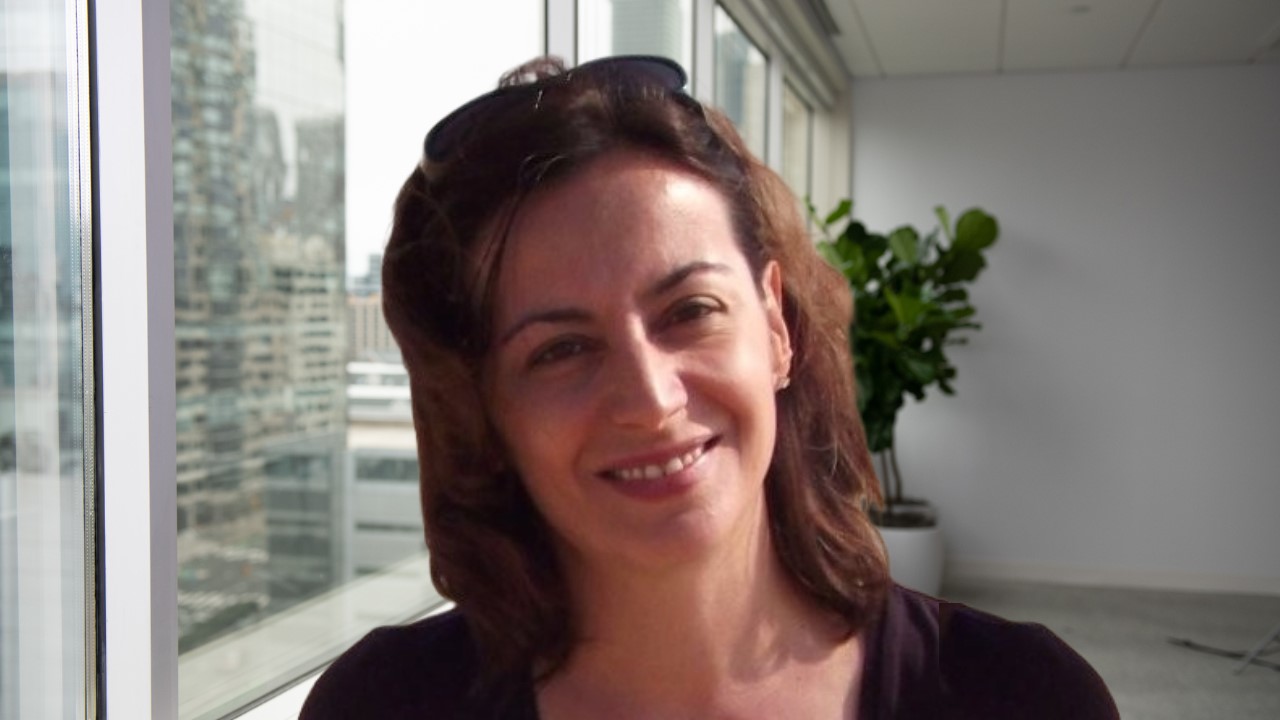
Aspen Appoints Mariza Costa as Head of Investor Relations
Hamilton, Bermuda, July 1, 2025 — Aspen Insurance Holdings Limited (“Aspen”) (NYSE: AHL) has appointed Mariza Costa as Head of Investor Relations. Mariza brings more...

With over 30 years of global experience in reinsurance, including leadership roles at some of the world’s top market players, John Welch (pictured), chief underwriting officer, Reinsurance as Aspen is no stranger to the magnetic effect of the sector.
It was just under a year ago, after 25 years of service with the combined XL entities – most recently as CEO of domestic markets at AXA XL Re – that he found himself enjoying a well-earned year off to play golf in Ireland and travel Europe, and wondering whether a return to work was on the cards at all. But when a call came through from Aspen in early 2023, he took it because he’d been interested in the firm’s evolution.
Inspired by Aspen’s story of remediation and turnaround – as evidenced by the strong results it reported in 2022 and 2023 and how actively they have addressed issues with reserving and taken strong action on underperforming business lines – he recognized that the business had the right foundations to grow.
For Welch, whose career to date has been defined by his capacity to spot solutions as well as solve problems, the fact that the Aspen he joined looked a lot like a pre-Catlin XL was an attractive proposition. And looking back on how the market has changed since he joined, he noted that the emphasis placed on relationships and having the right team remains fundamentally unchanged.
“The thing that has probably changed the most is the reliance on data and analytics,” he said. “I think back to my first day of work and there were four of us sharing one computer that had Lotus 1-2-3, version one, on it! The processing speed was ridiculous, and it would take you all day to input data. Just to see how far we’ve come on data granularity, the way we deliver data for decision making, the analytics and the modeling is incredible.”
Remembering back to when Hurricane Andrew hit in 1992, he noted that the cat models that existed were found to be largely deficient as nothing like that storm had been quantified before. The evolution since, he said, has been remarkable.
During the COVID crisis, Welch found himself essentially running a reinsurance business from the dining room of his Dublin apartment, which he highlighted simply would not have been possible in any other period of his reinsurance career. Communication channels have come so far, carried along by advances in technology, he said, and that technological advancement is set to continue.
“We’re doing a couple of use cases with artificial intelligence as probably most competitors are,” he said. “I think that’s a very interesting next phase on the technology front for everyone but certainly for us. We’re seeing analytical uses and operational efficiency uses already out of that. As I think about the business, we’re in going forward, the need to be as efficient as possible is so important.
“To enable us to manage through cycles, to be able to pull back and reduce your revenue when times are more difficult and the rates are not adequate requires you to have as efficient and mechanized as possible operations, so you don’t have the people fallout… For me, being able to rely as much on technology and retain the expertise you need, is important to working through the cycles that are inevitable for reinsurance.”
Consolidation is another element that Welch has seen change significantly since he started his career. During his involvement with the Reinsurance Association of America – the lobbying arm for the reinsurance industry – where he served as chair in 2019, he had a front-line view of a very long list of reinsurers dwindling to a much smaller cohort. As an example, he said, NAC Re, where he began his career, used to write long-tail casualty business with half a billion dollars of capital.
That would simply not be possible in today’s market, he said, where you need at least a billion dollars in the specific entity you’re going to trade with. The scale of companies has increased dramatically over the years while the requirements from the ceding companies around balancing sheet strength and rating strength have become more stringent.
All the major ceding companies now have reinsurance security committees evaluating all the companies they’re doing business with, he said, and they’re focused on trading with entities where they feel as secure as possible about the prospect of collecting from them should a claims event arise in 10, 20 or 30 years. Consolidation means fewer companies driving the market, and those that do exist now have a bigger market share, which is leading to more capability and the evolution of specialization.
“It’s funny, even with the market turning the way it has in the last, say 18 months, and the rankings going up, you don’t see a lot of new startups coming in and saying, ‘I want to be in reinsurance’,” he said. “You see a couple and they actually appear to be struggling a little bit to get their footing. The wave of companies which would have set up post-World Trade in 2002 or post-Katrina in 2006 would have been significant and they would have set up very quickly to take advantage of the hard market.
“But you don’t see that anymore in the industry and part of that is because the players in the industry have the capital to take on that risk. The rates are going up more because the feeling is they’re inadequate, not because there’s a lack of supply. So, there’s a lack of competitors out there and certainly, as Aspen, we’re competing with much bigger companies now… because the whole scale of competition has grown incredibly.”
What really hasn’t changed is the value placed on great market relationships, he said. That’s largely down to the power of trust in the reinsurance business because you have to trust that you’re dealing with the right person for the right job.
Welch also highlighted that this emphasis on trust goes right through the reinsurance ecosystem, from the cedents, to the reinsurers, to the brokers, to the end customer. It’s a dynamic which hasn’t really changed at all, he said, and the importance placed on human contact and knowing your customer and knowing your partner is, “as clear today as the day I started”.
Original article featured in Insurance Business.
The whole scale of competition has grown incredibly
John Welch Chief Underwriting Officer, Reinsurance